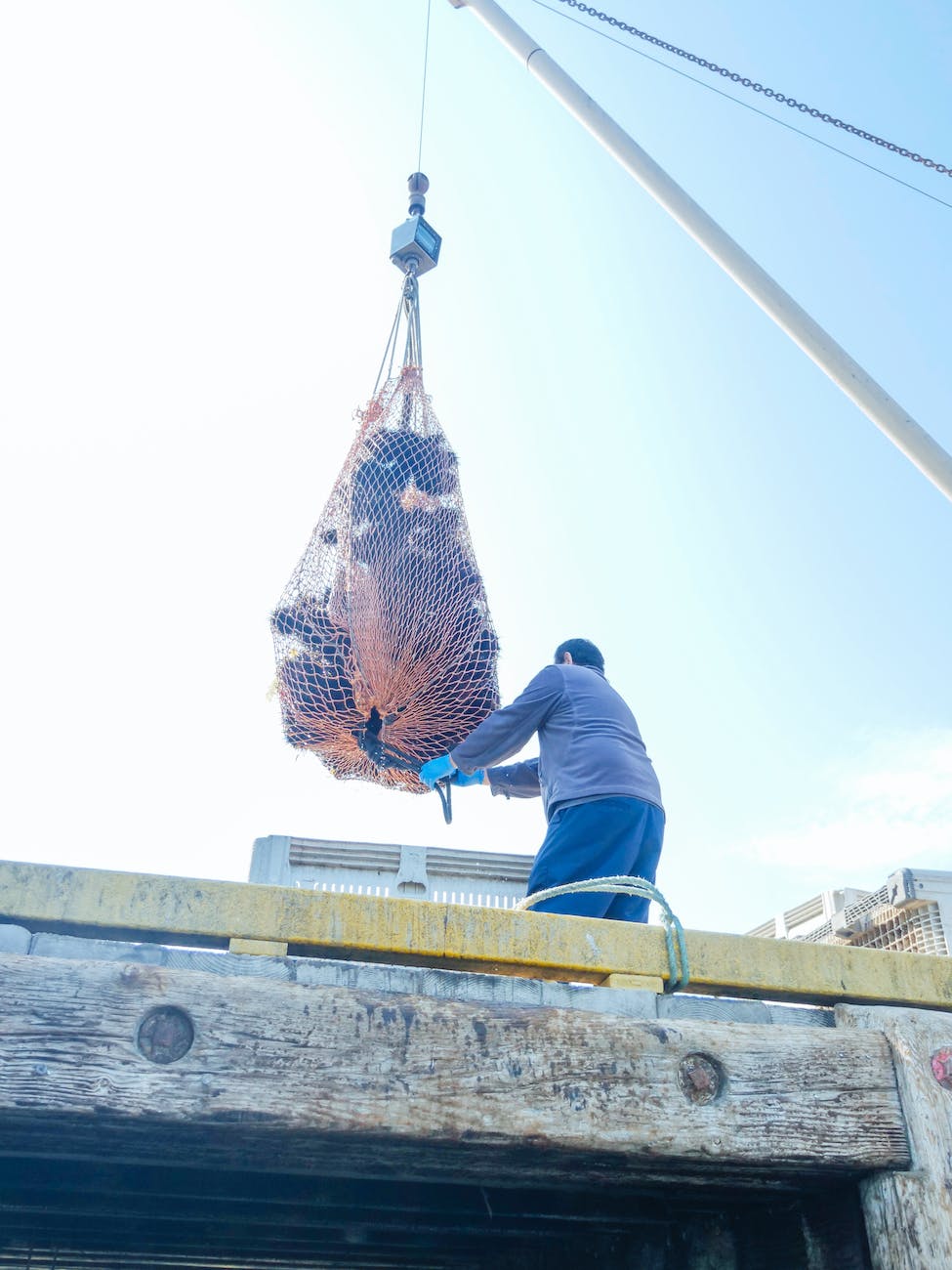
Working Load Limit (WLL): Ensuring Safety in Heavy Lifting
In today’s fast-paced world, heavy lifting operations are an integral part of various industries, including construction, maritime, manufacturing, and transportation. Ensuring the safety of workers and equipment during these operations is paramount. This is where the concept of Working Load Limit (WLL) plays a vital role.
Introduction to Working Load Limit (WLL)
Working Load Limit (WLL) is the maximum weight or load that a piece of equipment, such as a crane, hoist, or rigging, can safely handle. It represents the threshold beyond which the equipment’s structural integrity might be compromised, leading to potentially catastrophic failures. WLL is not just a number; it’s a critical parameter that directly affects the safety of operations and those involved.
Importance of WLL in Safety
The significance of WLL lies in its role in preventing accidents and protecting lives. Adhering to the prescribed WLL ensures that equipment operates within its safe limits, reducing the risk of overloading, which can lead to accidents, injuries, and even fatalities. Every industry understands that safety is a top priority, and WLL is an essential element of safety protocols.
How to Calculate WLL
Calculating the WLL for a specific piece of equipment involves complex engineering calculations and considerations, taking into account the equipment’s design, material, and intended use. It’s crucial to rely on experts in the field to determine accurate WLL values to guarantee safety.
Factors Affecting WLL
Several factors influence the Working Load Limit. These include the material strength, design factors, environmental conditions, and safety margins. Understanding these factors is essential for ensuring safe lifting operations.
Here's a sample example with a scenario to calculate the Working Load Limit (WLL):Scenario: Determining the Working Load Limit (WLL) for a Crane Hook
Let’s consider a scenario where a construction company is planning to use a crane hook to lift heavy steel beams at a construction site. The company needs to calculate the WLL of the crane hook to ensure safety during the lifting operation.
- Collect Information:
- Crane Hook Specifications: Gather detailed information about the crane hook, including its material, design, and dimensions. For this example, let’s assume the hook is made of alloy steel and has a unique design.
- Environmental Factors: Consider the environmental conditions where the crane will be used, such as temperature, humidity, and wind speed. These factors can affect the strength of the hook.
- Refer to Manufacturer’s Data: Consult the manufacturer’s documentation that provides technical specifications for the crane hook. This information may include the hook’s Breaking Strength (the maximum force it can withstand before failure).
- Apply Design Factors: Different designs and materials have specific design factors that affect WLL. For this scenario, let’s assume a design factor of 4. Design factors are used to provide a safety margin and account for variations in materials and production.
- Calculate WLL:
- Using the Breaking Strength from the manufacturer’s data, let’s say it’s 40,000 pounds.
- Apply the design factor (4 in this example): WLL = Breaking Strength / Design Factor
- WLL = 40,000 pounds / 4 = 10,000 pounds
So, in this scenario, the Working Load Limit (WLL) for the crane hook is calculated to be 10,000 pounds. This means the crane hook can safely handle a maximum load of 10,000 pounds without compromising safety. It’s essential to ensure that the load being lifted does not exceed this calculated WLL to prevent accidents and ensure the safety of workers and equipment.
WLL in Different Industries
Construction
In the construction industry, WLL is essential for cranes, hoists, and scaffolding. It ensures the safety of workers and materials during the construction of high-rise buildings and structures.
Maritime
In maritime applications, such as shipbuilding and harbor operations, WLL is critical for lifting and securing heavy cargo. Overlooking WLL can result in accidents and damage to valuable goods.
Manufacturing
Manufacturing plants rely on WLL to maintain operational safety in material handling and production processes. Compliance with WLL standards is a must to prevent equipment failure.
Transportation
The transportation industry uses WLL for securing cargo during loading and unloading operations. Overloading a truck can lead to accidents on the road, making WLL compliance crucial.
Regulations and Standards
To ensure uniformity and safety across industries, regulatory bodies and standards organizations have set guidelines for WLL. Adhering to these standards is not just recommended but often legally required.
Safe Working Practices
Safe working practices go hand in hand with WLL. It’s not enough to know the WLL; it’s equally important to operate equipment safely, following best practices and procedures.
Ensuring Compliance
Ensuring compliance with WLL standards requires regular inspections, maintenance, and training of personnel. Companies need to invest in ongoing safety measures to guarantee the integrity of their equipment and the safety of their workforce.
Common Misconceptions about WLL
There are several misconceptions about WLL, such as assuming that it’s a conservative estimate or believing that equipment can handle more than its rated WLL. Dispelling these myths is essential for fostering a safety-conscious environment.
WLL vs. Breaking Strength
It’s crucial to differentiate between WLL and Breaking Strength. Breaking Strength is the point at which the equipment will fail catastrophically. WLL, on the other hand, is a conservative limit meant to prevent any failures during typical usage.
WLL in Rigging
Different types of rigging equipment, such as wire ropes, synthetic slings, and chains, have their own specific WLLs. Understanding and adhering to these limits is essential for safe rigging operations.
Training and Certification
Operators and personnel involved in heavy lifting operations should receive proper training and certification. Being knowledgeable about WLL and safety procedures is paramount to reducing risks.
Benefits of Adhering to WLL
Adhering to WLL brings numerous benefits, including reduced accidents, less equipment downtime, lower maintenance costs, and improved worker morale.
Conclusion
In conclusion, Working Load Limit (WLL) is not just a number on a label; it’s a critical factor in ensuring safety during heavy lifting operations. Adhering to WLL guidelines, understanding its importance, and implementing safe practices can make a significant difference in preventing accidents and protecting lives.
Web Belt Sling Working Load Limit (WLL)
Types of Crane in Construction
Crane Lifting Safety Toolbox Talk Meeting
5 Unique FAQs
1. What happens if you exceed the WLL of equipment? Exceeding the WLL can result in equipment failure, accidents, and potentially fatal injuries. It’s crucial to stay within the prescribed limits.
2. Can you trust the manufacturer’s stated WLL? Manufacturers provide WLL values based on rigorous testing and engineering calculations. However, it’s essential to verify their accuracy and suitability for your specific application.
3. How often should equipment be inspected for compliance with WLL? Regular inspections should be conducted as part of routine maintenance. The frequency of inspections may vary based on the equipment and its usage.
4. Are there international standards for WLL? Yes, several international standards and regulations govern WLL, ensuring uniformity and safety across industries.
5. What is the difference between WLL and Safe Working Load (SWL)? While both terms refer to load limits, SWL often includes safety margins, making it a more conservative estimate compared to WLL. It’s essential to use the appropriate term as per industry standards.
























